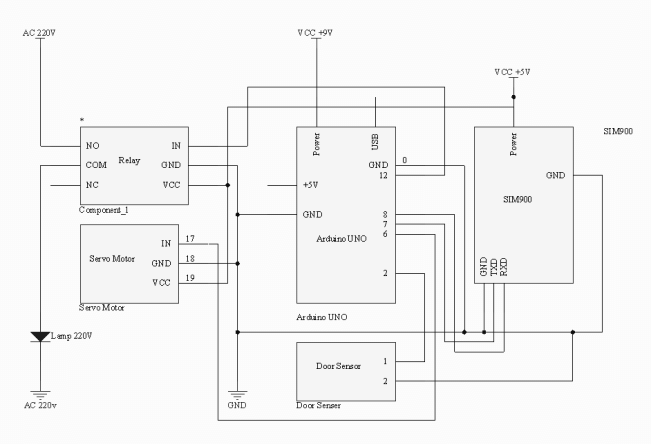Low Voltage Smart Lock Power Design

🛠️ The Problem :
Smart locks are increasingly popular in homes and offices, but powering them reliably—especially at low voltage (3.3V–5V)—can be tricky. Issues like voltage dips, power ripple, or overcurrent can cause lock failures, reboots, or security glitches.
✅ The Solution :
Use a stable low dropout (LDO) regulator or buck converter to deliver consistent voltage to your smart lock. Combine it with a flyback diode across the solenoid/motor and a MOSFET for efficient switching. This setup ensures the lock functions safely and efficiently—even during battery drain or sudden spikes.
🔍 Practical Example :
Imagine building a smart lock with a microcontroller and a 5V solenoid. If you directly power the solenoid from a Li-ion cell (nominal 3.7V), it may not activate properly. Instead, use a boost converter to step up the voltage and control the solenoid using a MOSFET like IRF540N.
📐 Sample Calculation :
Let’s say the solenoid requires 5V at 0.5A.
Power = V × I = 5V × 0.5A = 2.5W.
Ensure your boost converter and MOSFET can handle at least 3W with margin.
🛒 Product Suggestion :
Search for:
🔌 MOSFET
Shop now at SmartXProKits.in
🇮🇳 Support our work and India’s innovation—buy from our Make in India site!




















